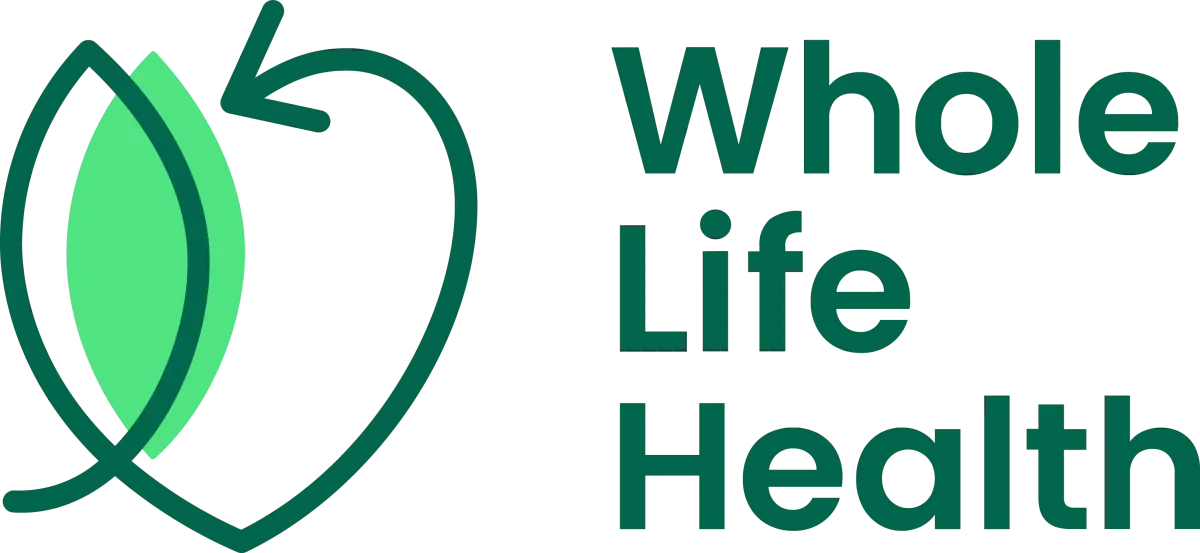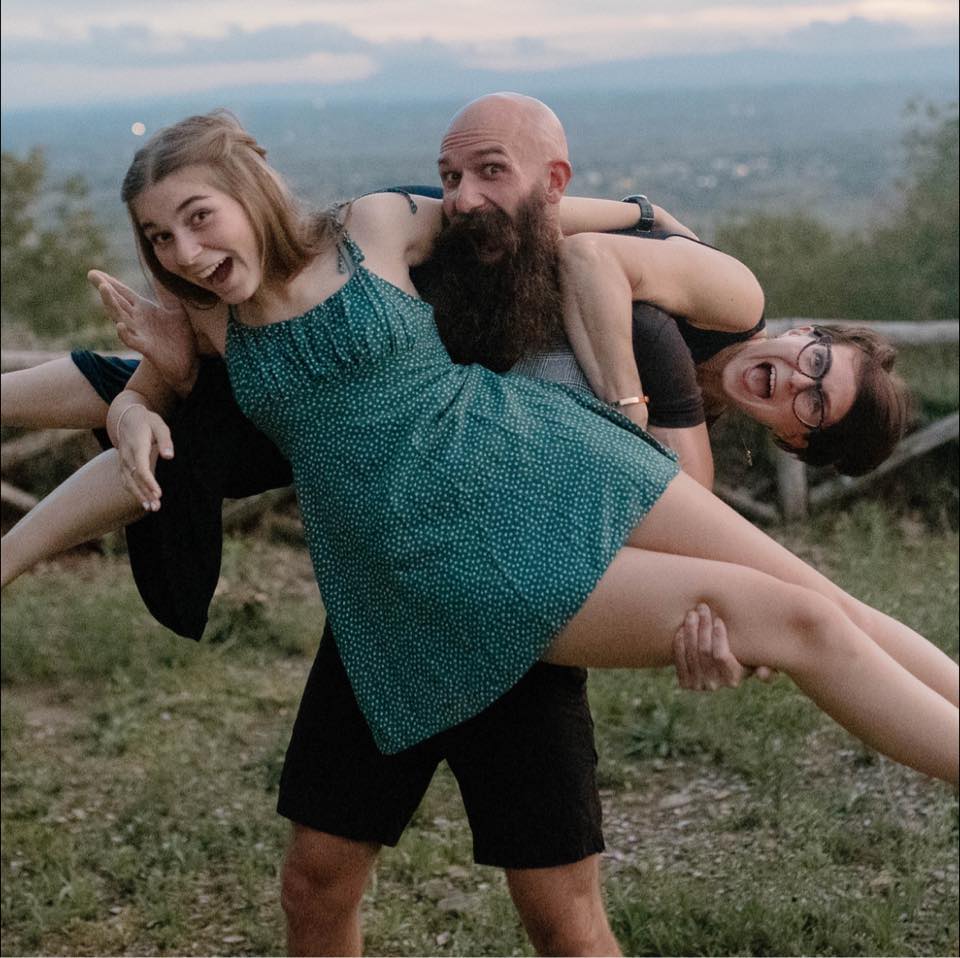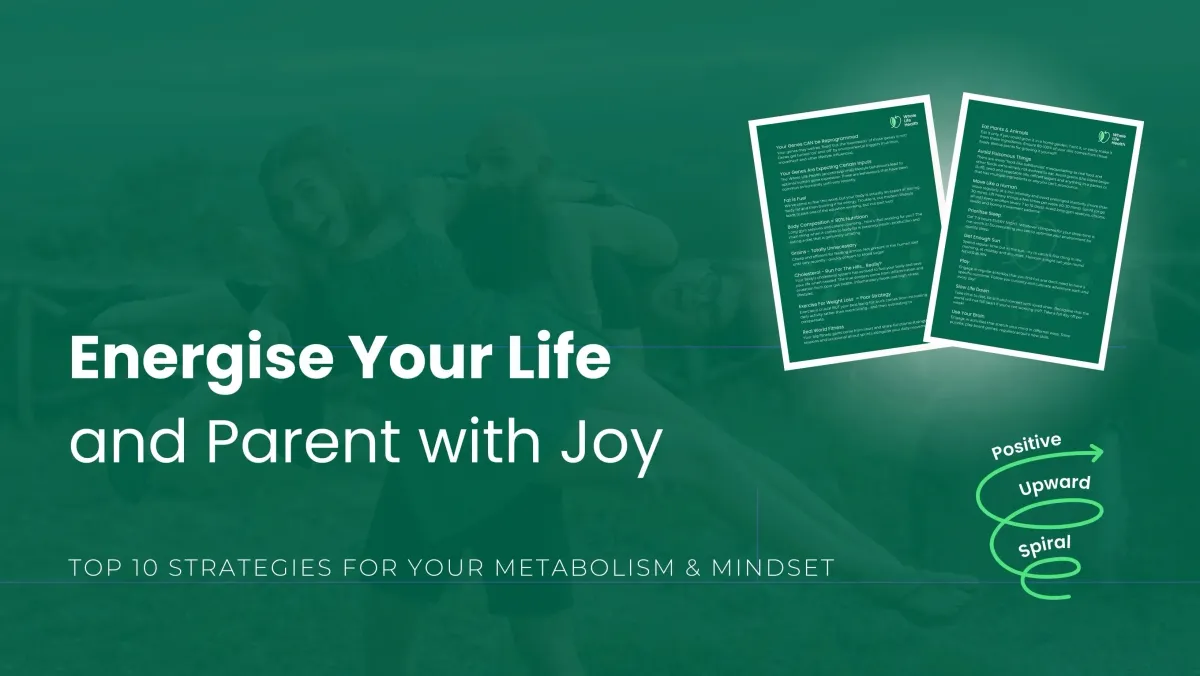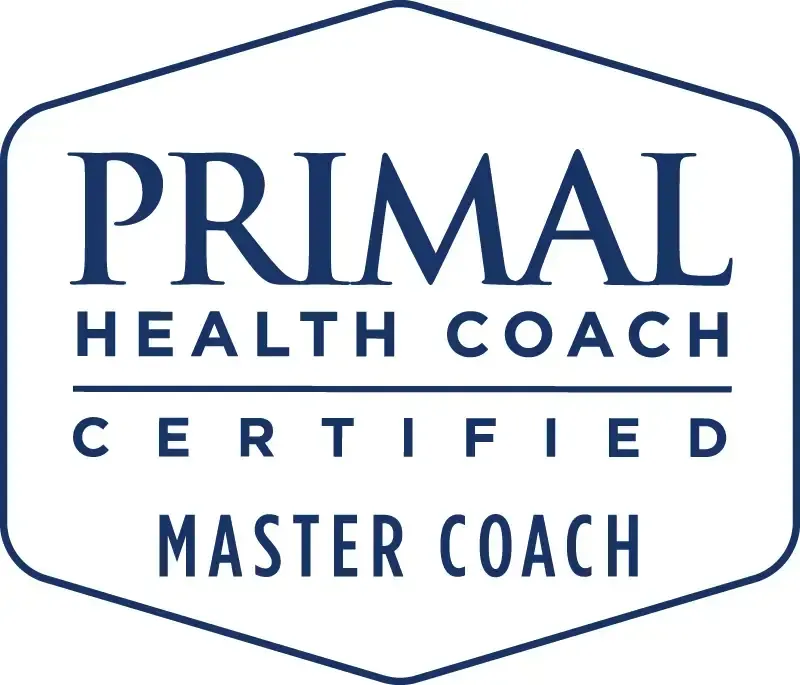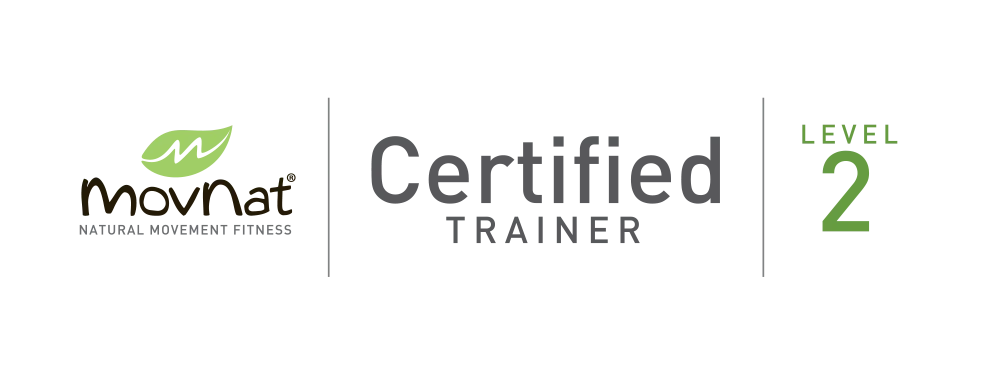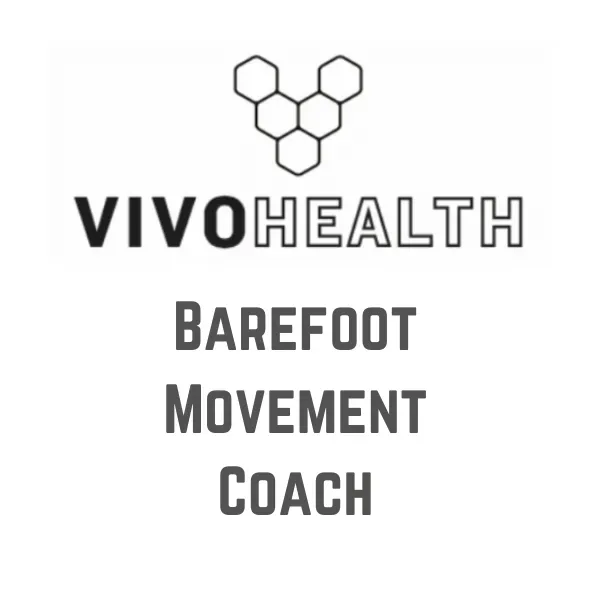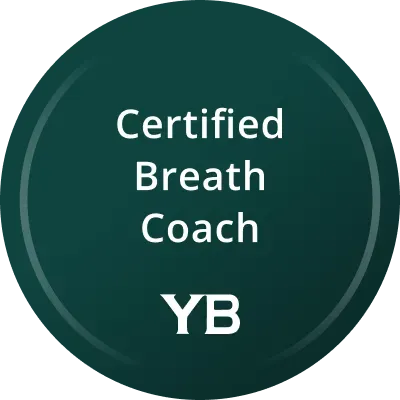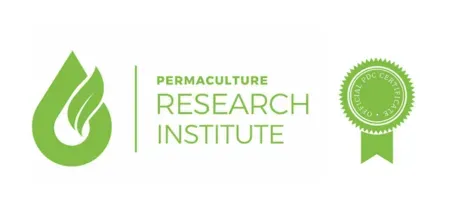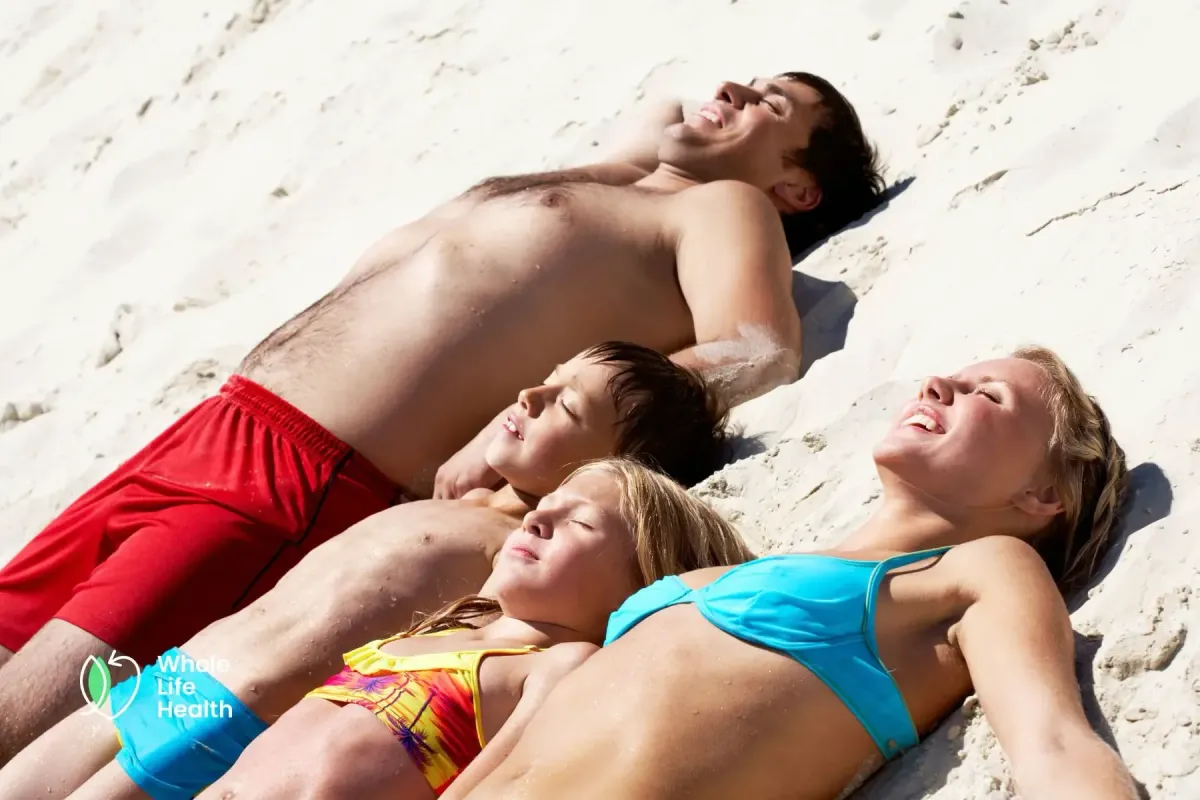
The Sun Is Not Your Enemy — An Ancestral Guide to Healthy Sun Exposure
You’ve Probably Heard This Before:
“Cover up.”
“Stay out of the midday sun.”
“Don’t forget your SPF 50.”
And let’s be clear — sunburn is not ancestral. Nor is it smart.
But neither is total avoidance.
We now have generations of people terrified of the sun — slathered, sheltered, and slinking from shade to shadow. All the while, rates of chronic disease, mood disorders, and immune dysfunction continue to rise.
So what gives?
The truth — according to both ancestral wisdom and the latest scientific consensus — is that insufficient sun exposure may now be a greater public health risk than overexposure, especially for those at low risk of skin cancer [5][6][4][7][8][10][11].
If you’re a parent trying to do the right thing for your kids (and yourself), it’s time to hear a more balanced view.
Let’s walk it out.
The Risk of Too Much Sun
Yes, too much sun — especially in the form of sudden, intense exposure — is strongly linked to skin cancers like melanoma, as well as premature skin aging, cataracts, and other eye diseases [1][2][3]. For fair-skinned folks, this risk is higher still.
Sunscreens do help reduce sunburn and skin cancer risk from exposure, and they have their place. Especially if you’re going to be outside for longer than your skin is used to... (BUT there is a potential big caveat... keep reading).
But here’s the thing:
Intensity of exposure is the issue. Not the sun itself.
The Risk of Too Little Sun
On the flip side, low sun exposure is now linked to:
Vitamin D deficiency
Increased cardiovascular disease
Higher risk of type 2 diabetes
Autoimmune conditions
Depression
Multiple sclerosis
Certain cancers
Increased all-cause mortality
Hundreds of thousands of deaths in the US and Europe each year may be attributable to insufficient sun exposure [5][6][7][4][8][9][10][11].
Even in places like Australia where skin cancer awareness is high, the tide is turning — with revised government statements now encouraging sensible exposure for broader health [12].
The Primal Lens
From an ancestral perspective, the modern debate is absurd.
Our ancestors lived in the sun. They didn’t hide from it — and they certainly didn’t bake themselves senseless on a weekend getaway either.
They built tolerance gradually, starting with short exposures. That’s the Primal Blueprint approach too: spend half the time it would take you to burn, and increase gradually.
This slow, consistent exposure builds resilience in your skin, supports hormonal balance, improves mood, enhances circadian rhythm, and helps regulate inflammation.
Vitamin D is a big part of the story — and you'll be hard pressed to get sufficient vitamin D from diet alone. Supplements help, but they miss the point: sunlight does more than boost D.
It’s also about:
Nitric oxide release (heart health)
Serotonin and melatonin rhythm (mood + sleep)
Immune system regulation
Mitochondrial energy metabolism
To either “bake or hide” is not only daft — it’s wildly out of step with our evolutionary history.
But What About Sunscreen?
Used wisely, sunscreen is a tool.
Used foolishly, it’s a crutch.
The research is clear:
Sunscreens can prevent sunburn and skin cancers [4][1][2][3].
In real-world use, they only slightly reduce vitamin D production [6][7][5][9].
But sunscreen shouldn’t be used to justify more sun exposure. That’s missing the point.
Use it to avoid burning. Not to bypass your body’s feedback loops.
There are also more and more emerging concerns about the chemicals in commercial sunscreen... maybe they are actually a cancer risk themselves... eek!
We make our own from zinc oxide, beef tallow, coconut oil, beeswax and essential oils. This makes for a good bit of extra protection when we're out in the sun longer than ideal, but it isn't a replacement for strategic and sensible exposure. Want the recipe, let me know!
A Better Strategy for Families
Here’s what we do and coach at Whole Life Health:
Start small. Begin with 1–10 minutes of full-body sun daily, gradually increasing. Go up to half the time it would take you to burn!
Avoid burning at all costs!
Time it right. Mid-morning or late afternoon is often best in mid summer. Yes UVB is higher when the sun is higher, great, but you don’t need to sunbathe at noon. Aim to get some time out there where your shadow is shorter than you... a good gauge for vitamin D synthesis.
Expose more skin. Naked > Shorts and a t-shirt > just hands and face.
Go barefaced when you can. Facial exposure helps set your circadian rhythm.
Use shade + clothing as primary tools. Sunscreen comes after those.
Teach your kids to respect, not fear, the sun.
A Note for Parents With Fair Skin or Skin Cancer History
Yes, your risk is different.
But total avoidance isn’t the only option. Even in those with high risk, moderate, regular sun exposure (without going over half your burn time) may still offer important health benefits [12].
Talk with your healthcare provider, get your vitamin D levels tested, and look at the bigger picture.
Bottom Line: We Need a Better Story About the Sun
Sunlight isn’t evil. It’s essential. But our cultural narrative has lost the plot.
It’s time to stop swinging between extremes.
Not “avoid at all costs.” Not “get as much as you can.”
Instead, learn the language of your skin.
Let ancestral wisdom and real science guide the way.
Because in the end, the goal isn’t just to prevent sunburn.
It’s to live well — in rhythm with the world that shaped us.
Need Help Navigating This?
We guide families through practical changes like this every day — from sleep to food to movement to light.
It’s not about fear. It’s about fluency.
Book a free call if you’d like help making your lifestyle match your biology.
Frequently Asked Questions
Q: How much sun is safe each day?
A good rule of thumb is to aim for no more than half the time it would take you to burn, especially when first building up your sun tolerance. Start small — 1 to 10 minutes a day — and increase gradually with regular exposure.
Q: Can’t I just take a vitamin D supplement instead?
Supplements help if you’re deficient, but sunlight triggers more than just vitamin D production. It also affects nitric oxide, melatonin, serotonin, and immune signalling — all of which contribute to better health in ways supplements can't fully replicate.
Q: Is sunscreen bad for me?
Sunscreen reduces sunburn and skin cancer risk — but it’s not a free pass to spend longer in the sun. It’s best used after you've built tolerance and alongside shade and clothing. Concerns around certain chemical sunscreens are growing, so mineral-based or homemade versions may be safer.
Q: What about sun exposure for kids?
Kids need sun too! Gradual, moderate exposure helps set circadian rhythms and supports immune development. Avoid burns, use shade and hats wisely, but don’t overprotect — teach respect, not fear.
Q: I’m very fair-skinned — should I avoid the sun entirely?
Not necessarily. Even light-skinned individuals can benefit from brief, consistent, non-burning exposure. If you have a skin cancer history, work with your healthcare provider to find a safe rhythm that works for you.
References
Raimondi, S., Suppa, M., & Gandini1, S. Melanoma Epidemiology and Sun Exposure. Acta Dermato-Venereologica. 2020; 100.
Lucas, R. et al. Human health in relation to exposure to solar ultraviolet radiation under changing stratospheric ozone and climate. Photochem Photobiol Sci. 2019; 18.
Ismailov, G. et al. Sunlight exposure on human health and vitality. BIO Web of Conferences. 2024.
Lindqvist, P., Epstein, E., & Landin-Olsson, M. Sun Exposure - Hazards and Benefits. AntiCancer Research. 2022; 42.
Alfredsson, L. et al. Insufficient Sun Exposure Has Become a Real Public Health Problem. IJERPH. 2020; 17.
Hoel, D. et al. The risks and benefits of sun exposure 2016. Dermato-endocrinology. 2016; 8.
Juzeniene, A. et al. Solar radiation and human health. Rep Prog Phys. 2011; 74.
Rhee, H. et al. Regular sun exposure benefits health. Medical Hypotheses. 2016; 97.
Raymond-Lezman, J., & Riskin, S. Benefits and Risks of Sun Exposure to Maintain Adequate Vitamin D Levels. Cureus. 2023; 15.
Wright, F., & Weller, R. Risks and benefits of UV radiation in older people. Maturitas. 2015; 81(4).
Queirós, C., & Freitas, J. Sun Exposure: Beyond the Risks. Dermatology Practical & Conceptual. 2019; 9(4).
Neale, R. et al. Balancing the risks and benefits of sun exposure: A revised position statement for Australian adults. ANZJPH. 2024.
Tran, V. et al. Vitamin D and Sun Exposure: A Community Survey in Australia. Current Oncology. 2023; 30.
